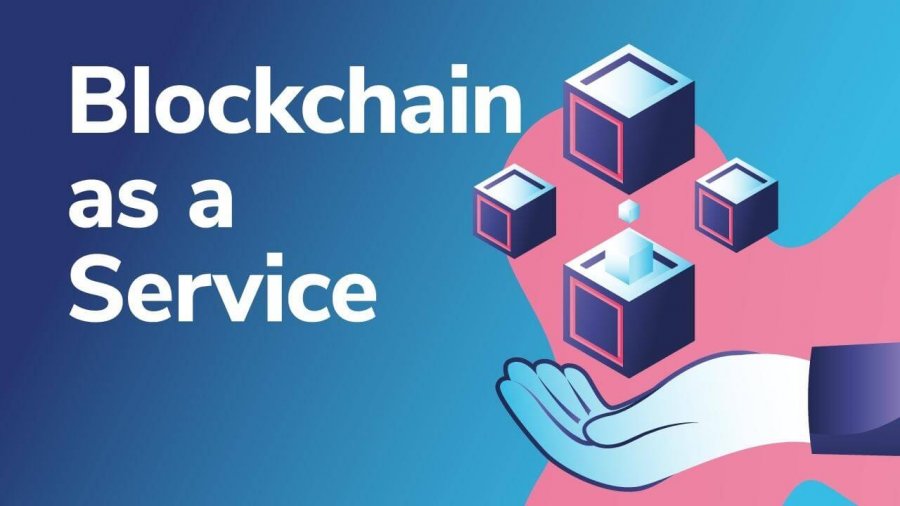In view of the relentless drumbeat of layoff announcements — with deep cuts by Airbnb and Uber attracting much of the industry’s attention this week — it’s fair to wonder: what happens to all the laid-off talent? How does the evolving balance of supply and demand pay?
Because the questions are top of mind for almost everybody right now, we’ve been reaching out to recruiters in the one industry we know — tech — to ask what they’re seeing and what they’re predicting will happen over the next three or six months. Unsurprisingly, they told us they’ve seen a sharp drop in work seekers and lots of pay cuts, but they also say in these tumultuous times there’s a silver lining.
First of all, the bad stuff, and that is mainly bad stuff for the moment.
Sales and marketing positions — especially at consumer-facing startups — were hit hard, and they will not return anytime soon, possibly not even in 2020. Carolyn Betts, the founder of the national recruitment company Betts Recruitment, says we saw 80 percent of our market freeze when the “coronavirus struck and shelter-in-place notices came out. And then it went down from there.” Betts’ bootstrapped recruitment company — which fills the positions of sales, marketing, and people’s operations — was forced to carry out its own layoffs because of the lost business, shedding 30% of its employees and cutting the remaining employee’s pay by 20%, although Betts says a PPP loan helped the company to change the pay up again by 10%.
She has meanwhile had a front row to the almost overnight transition from an employee market where increasing wages and signing bonuses have become normal, to an employer-driven market where candidates get what they want. “There’s so much talent on the market that backup candidates are available for backup.” Her advice to job candidates right now is to recognize the game has changed and not push for too much or risk that the hiring company might “just move on to the next candidate. Everyone is trying to recruit inside their budgets right now, so they’re not going to make exceptions for the most part. “Also, sadly, top tier Executive searches are essentially frozen right now. So suggests Teri McFadden, a hiring vice president at the investment company Norwest Investment Partners, where she has helped portfolio firms fill key roles for nearly 12 years.
Before COVID-19 hit the U.S., the firm looked at approximately “160 open active executive-level searches in our portfolio — clearly more than my Norwest team could handle,” McFadden says. (Norwest still retains outside search firms like most venture firms.) Now that amount has fallen by more than half. Others, she says, are “absolute cancellations,” while “other people only pause searches to see what’s going on over the next few quarters.” Meanwhile, certain positions have been hit harder than others, McFadden says, citing marketing units specifically as one example. She also states that executive compensation is falling down on businesses that have been most adversely impacted by the coronavirus, a phenomenon that the public has seen playing out in company announcement after company announcement in the last weeks. In general, she says top brass takes a 20 percent reduction in salary while the next level of management takes a 10 percent reduction in pay and no pay cut is seen by “anybody below a certain level of salary.” But it varies from company to business.
Also, engineers are not excluded in today’s world, suggests Sam Wholley, a long-standing collaborator with Riviera Partners, a Silicon Valley recruiting company specializing in leadership innovation, product, and design. While new jobs pay about what they did two months ago, both Wholley and McFadden expect the engineering sector to soften in the months ahead, with pay dropping 10-20 percent. (Wholley says pay for engineers trended this way long before the virus sent everybody scrambling for cover.) Push-pull This is about demand and supply. The supply of engineering talent that for the first time in more than a decade surpass the need for it — or, at least, the capacity to pay for it. Indeed, asked if younger firms receiving early-stage funding would be able to absorb the engineers who’ve been let go by bigger firms, Wholley says, “I don’t think so, sadly, and I don’t think it’s going to be that for a while.” While new firms are still being formed, he continues, “It may take up to a year to find the right match.”
But stay tuned! The news isn’t all terrible as promised.
There is still some momentum on the recruiting front because most of the tech sector is holding up better than elsewhere.
For her part, Betts says that she is beginning to see businesses “up-level” their teams, meaning exchanging ways with “bottom performers and replacing them with talent that has entered the market.” This is particularly the case with industries that “sell to the government, in defense, selling collaborative apps, and in healthcare,” she says.
Betts also states that some consumers are “opening up” in areas like Texas, where people re-enter public spaces and start strategizing about who they want to recruit or re-enter.
Also Read: Microsoft has shared Tips on Safety and Data Protection during COVID-19
“Some people got some relief about their growth plans,” Betts says, “but it’s May. When things get back [to a more natural state of affairs], it’s predicted that [management teams] will put their foot on the accelerator to make up for a lost time, because no one wants to be caught flat-footed. If you start recruiting when someone says ‘go,’ you missed your head start. “McFadden and Wholly echo the point, with Wholley saying that” solid hands continue to recruit “and McFadden offering separately that Norwest is seeing two groups of firms” willing to do well in the long run, “including younger start-ups concentrating on product growth (with fewer mouths to feed), and those finding even more demand for their products right now, like software tools made expressly for remote teams and even direct-to-consumer hair colorant companies.
Although this is still a fairly small pool of potential employers, “I think in general,” McFadden says, “companies are beginning to think about what life looks like after COVID-19.” She adds, sounding a positive note, “It’s not all doom and gloom.”


























Leave a Reply